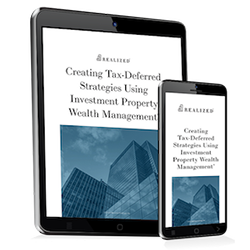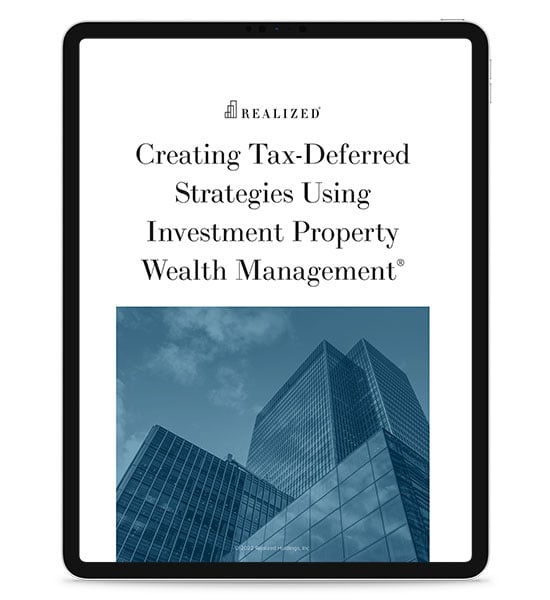
Nobody likes paying Uncle Sam too much income in taxes. To reduce tax liabilities, taxpayers seek out tax shelters. A tax shelter reduces taxable income, resulting in a lower tax bill.
So then, where are people finding tax shelters, and how do you get one? First, a tax shelter isn’t a product you can buy to shield income from taxes. Instead, it combines deductions through expenses, credits, and workplace benefits. The shelter also depends on what type of profit-generating endeavors a person is involved in.
The Most Common Tax Shelter
One of the most common tax shelters is a 401(k), which some employers provide. A portion of pre-tax income can be contributed to a 401(k) directly from an employee’s paycheck. That income is tax-deferred and will result in a reduction of taxable income. Notice we didn’t say tax-free. Many tax shelters are tax reductions or deferral mechanisms.
The income is taxed when the employee takes money out of the 401(k) in retirement. But the idea is that retirement income will generally be lower than during the working years, creating a smaller tax bill.
What if your employer doesn’t offer a 401(k) and instead you contribute to a Roth IRA? Money that goes into a Roth IRA has already been taxed. However, a Roth IRA still provides tax shelter. While it doesn’t reduce your taxable income, any gains generated in a Roth IRA come out tax-free in retirement.
While retirement-related tax shelters rank at the top of the list, real estate investing is among the top tax shelters as well.
Real Estate Investing
Investors use real estate as a path to building wealth. This is mainly due to its generous tax benefits. Real estate offers tax sheltering through depreciation, operating expenses, long-term capital gains, and 1031 exchanges.
To understand how a real estate tax shelter works, let’s use an example of a $250,000 property that generates $2,000/mo in revenue. The numbers listed below are annual.
Revenue: $24,000
Minus repairs/expenses (i.e., maintenance): $9,600 ($800/mo x 12)
Equals net operating income (NOI): $14,400
NOI is the operating profit. There are more expenses we can take off:
Minus mortgage interest: $9,600 ($800/mo x 12)
Equals net cash flow: $4,800
Minus depreciation expense: $9,100
Equals net profit: -$4,300
The business generated a loss for the year. However, its bank account increased by $4,800. This sums up the attraction of real estate investing and why it’s a tax shelter. Cash flows in this example were positive, but the business generated a paper loss.
Of course, the investor will need to pay back some of the depreciation once the property is sold. This is called depreciation recapture. There again, there’s still a tax advantage since depreciation recapture is taxed at a maximum of 25%. An alternative is that the investor can defer depreciation recapture taxes by doing a 1031 exchange.
Additional Tax Shelters
The above tax shelters are two of the most popular. Others include health savings accounts (HSAs), workplace benefits, business ownership, and various types of investments.
All have a common theme, which is to reduce taxable income through expenses. If you think you need to start up a business or start investing in real estate to create a tax shelter, that’s probably not the case. By working with your tax adviser, you might be surprised by what is available to you now.
This material is for general information and educational purposes only. Information is based on data gathered from what we believe are reliable sources. It is not guaranteed as to accuracy, does not purport to be complete and is not intended to be used as a primary basis for investment decisions. Realized does not provide tax or legal advice. This material is not a substitute for seeking the advice of a qualified professional for your individual situation.


